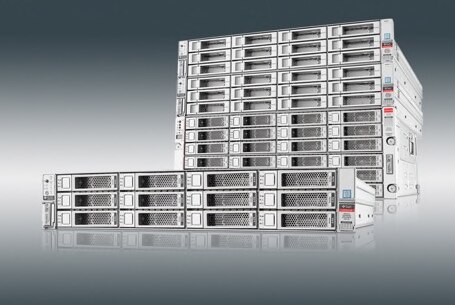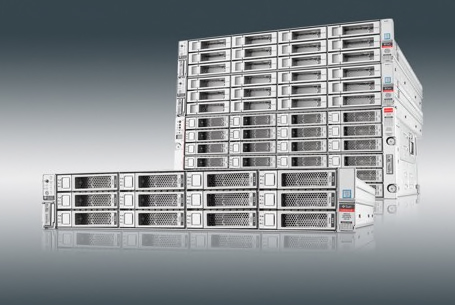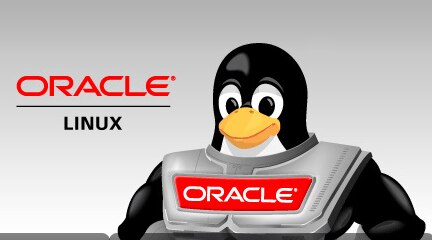Enterprise-class databases for all – Why you need an Oracle database appliance
The Oracle database is regarded as one of the best in the world, helping it to achieve #1 in terms of global market share. Mature and stable, Oracle is a mainstay of many enterprise-class applications and services. But why should the benefits be restricted to the largest companies that can afford to operate large IT […]
Enterprise-class databases for all – Why you need an Oracle database appliance Read More »





